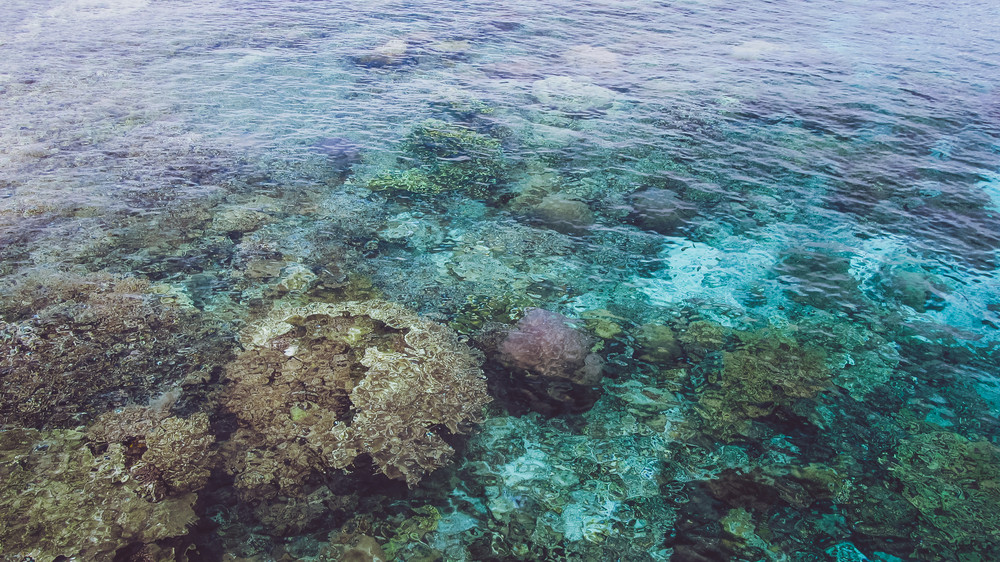5 Top Tips to Help You Maintain Your Saltwater Coral

Coral is a sedentary invertebrate animal usually found in warm and tropical seas. Saltwater coral usually has soft, horny or calcareous skeletons. Most corals live in colonies and obtain energy from the sun using the green algae in their tissues.
Typically, there are two main types of saltwater corals, and those are soft coral and hard coral. Coral can be sensitive and temperamental; thus, you should ensure to pay attention to all its needs.
Saltwater corals make for a beautiful and exciting live-art display and can elevate the décor of your room to incredible heights. If you want to buy corals online but are unsure of how to maintain them, these are some of the things you need to know.
1. Maintain Temperatures of 80° F
It is vital to keep the temperature of your aquarium at 75-80° F to ensure that your saltwater coral is comfortable. However, there are many different variations of coral. Knowing what kind of saltwater coral you have and where they come from should influence the choice of temperature for your tank.
If you have corals from different geographical areas, you should store them in separate tanks and set the temperatures to their individual requirements.
2. Maintain Multi-Directional Water Flow
You should ensure that water flow in your tank is multi-directional. The rate at which water moves in the tank is responsible for a lot of factors. For example, water helps your saltwater coral to respire, and the faster the flow, the more the animals respire.
Water is also responsible for coral waste removal by carrying away waste products and sediment that would otherwise promote algae growth. You should ensure, however, that the flow speed doesn’t do any damage to the sensitive coral.
3. Regulating the Calcium Levels in Your Tank
Calcium is crucial to a functional and healthy reef aquarium. Saltwater coral needs lots of calcium for growth and calcification, so much so that an aquarium filled with saltwater coral will require regular calcium supplements to maintain healthy coral.
Often, many aquarists prefer maintaining their tanks’ calcium levels at around 425 parts per million, which is a replication of ocean calcium levels.
4. Feeding Your Saltwater Coral Regularly
Until recently, the most significant barrier to keeping saltwater coral in aquariums has been providing the specific food that individual corals require. Many corals tend to obtain their nutrients directly from the tank lighting, via photosynthesis.
Others, especially LPS corals, have large tentacles and visible mouths, and may depend on direct feeding. If this is the case in your aquarium, it’s crucial to offer your saltwater coral a variety of foods to find out the one it responds best to. This could include diced small fish, shrimp pieces, thawed plankton, and squid.
Be sure not to overfeed your corals, as this is a significant cause of nitrate build-up in a tank.
5. Expose Your Tank to Sunlight
Your saltwater coral needs to grow in shallow water with access to sunlight. Corals such as the Pulsing Xenia depend on the algae in their tissues for oxygen and other essential things. These algae, on the other hand, depend on sunlight for photosynthesis, implying that your tank must be set up where it can receive plenty of sunlight.
Setting Up Your Saltwater Aquarium
When setting up your saltwater aquarium, you will need, well, an aquarium made into a style and size of your choosing. You also need to invest in proper lighting, although this will depend on the type of system you wish to set up and the kind of corals you want to keep.
You will also require skimmers, filters and filtration equipment to ensure clean water flow, and these, too, are dependent on the type of system you want. A live rock and substrate are also essential elements of an aquarium. You must provide your corals with enough space to sleep, hide, and avoid potential tensions and aggression with each other.
Taking care of saltwater coral and maintaining an aquarium system is not very challenging. In fact, it takes fifteen minutes or less to acclimate your new coral to your reef.
An aquarium is what you need to bring color, life, and character to your lobby or living room. Well, what are you waiting for?
